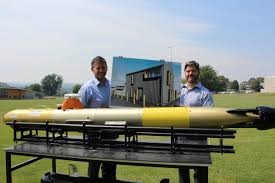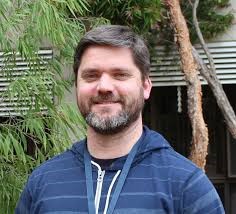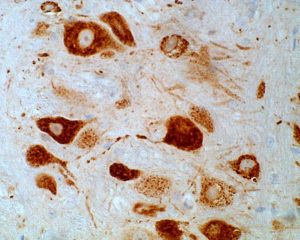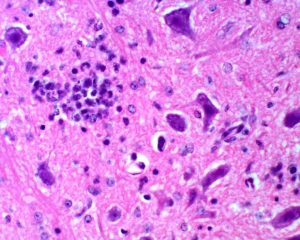In the Meeting Room, QVMAG at Inveresk, 1.30 pm Sunday 25th September 2016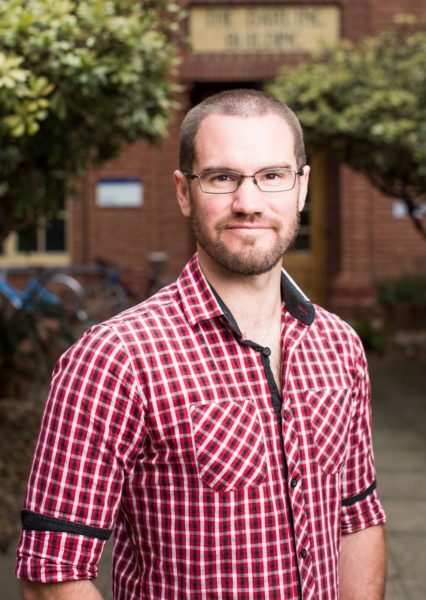
Following its death, the DNA of an animal can be preserved in its bones and teeth for thousands of years. Sequencing this “ancient DNA” allows us to gain insights into the identity and evolution of now-extinct species. In this presentation Kieren will discuss the history of the ancient DNA field, factors affecting the preservation of DNA, and work he is currently involved in focused on extinct Australian species such as the thylacine and giant short-faced kangaroos.
Dr Kieren Mitchell grew up in Tasmania before moving to Adelaide for university, where he studied genetics and evolutionary biology. Having completed his PhD, he now works at the Australian Centre for Ancient DNA at the University of Adelaide. He currently collaborates with researchers from around the world to study extinct species from North America, South America, Europe, Asia, New Zealand, Madagascar, and Australia.
Admission: $6 General Public, $4 Friends of the Museum and Students
Free for members of The Royal Society of Tasmania
As these events are popular, RSVP is essential Thursday 22nd
